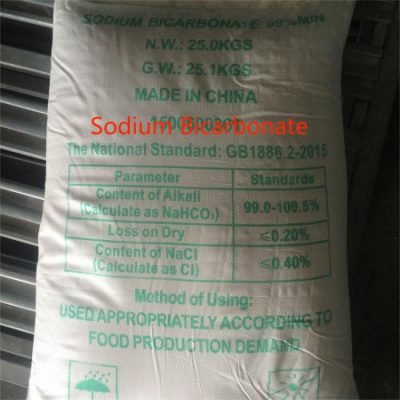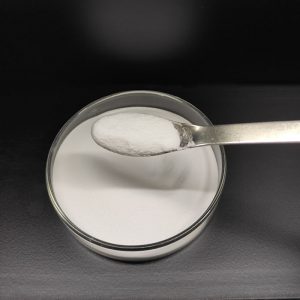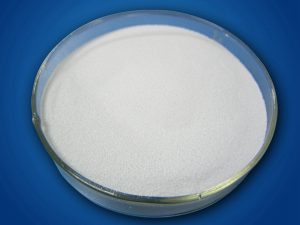Pharmaceuticals API Bacteriostatic Antibiotic Chloramphenicol
What is Chloramphenicol?
Chloramphenicol is an antibiotic useful for the treatment of a number of bacterial infections. This includes use as an eye ointment to treat conjunctivitis. By mouth or by injection into a vein, it is used to treat meningitis, plague, cholera, and typhoid fever. Chloramphenicol topical formulations were used in the past to treat superficial eye and ear infections.
Product Description
| Classification | Type | Chloramphenicol | |
| CAS NO. | 56-75-7 | Other names | |
| MF | C6H7N3O2 | EINECS NO. | 200-287-4 |
| Place of origin | China | Grade standard | USP grade |
| Purity | 99% | Appearance | White powder |
| HS CODE | 2941400000 | packing | 25kg/drum |
| Shelf life | 3 | MOQ | |
| Application | RAw Material |
描述
Specification
Chloramphenicol is a broad-spectrum bacteriostatic ANTIBIOTIC, which is the first choice for the treatment of typhoid fever and paratyphoid fever, one of the special drugs for the treatment of anaerobic bacteria infection, and then for the treatment of various infectious diseases caused by sensitive microorganisms. Due to the serious adverse reactions are used less and less. It is used to treat infections caused by Bacilli typhi, bacilli dysenteriae, Escherichia coli, Bacilli influenzae, Brucella, pneumococcus, etc.
| Items | Specification |
| Appearance | A white, greyish-white or yellowish-white, fine, crystalline powder or fine crystals |
| Solubility | Slightly soluble in water, freely soluble in alcohol and in propylene glycol |
| Melting point | 149℃ – 153℃ |
| IR | The sample spectrum complies with the reference standard spectrum |
| Acidity or alkalinity | Positive |
| Specific optical rotation | +18.5 °to +20.5° |
| Related substances(TLC) | Not more than 0.5% |
| Chlorides | Not more than 100 ppm |
| Loss on drying | Not more than 0.5% |
| Sulfated ash | Not more than 0.1% |
| Assay (on dried basis) | 98.0% to 102.0% |
| Conclusion | The product complies with the standard EP9.0 |





